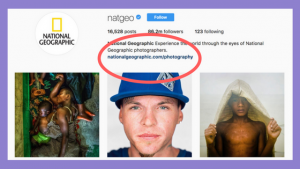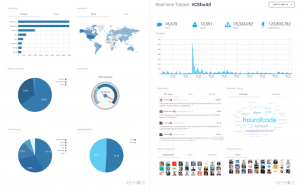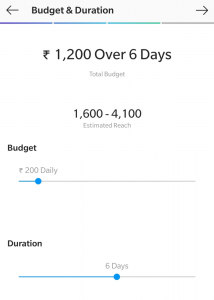by Lena Bourgeois, Columnist, November 11, 2016
Industries like insurance are struggling to capture the attention of younger generations because fewer of these consumers are conforming to the “normal” behaviors these marketers have come to expect. While marketers still have a massive base of older consumers to fall back on at the moment, surviving market disruption will come down to how they adapt to consumers’ attitudes in both the near and distant future. For many businesses targeting the affluent, it’s time to begin retooling their products and marketing strategies based on the preferences of the new generations.
Adapting for the future starts with aligning a strategy with a business’s core objectives and goals. Many marketers are currently asking about millennials and trying to devise plans for this specific audience, but they are doing so often as tangential projects, without really thinking about how millennials fit into their larger plans for the growth and future of the business.
Insurance isn’t the only vertical that is being forced to adjust, but it serves as an excellent proof point because it’s a very established industry with clear goals in marketing to affluent customers. In the past, insurance marketing may have relied on conventional wisdom: health insurance is a necessity, and life insurance protects your loved ones. Yet millennials don’t feel as swayed by those kinds of marketing tactics. They are not going to buy insurance simply because it is considered a necessity. When they do make a purchase decision, they are often looking for a great deal of flexibility with their product. Alas, insurance is not currently a flexible industry.
The best way to figure out how to adapt to a younger audience’s needs is to implement a segmentation strategy early on in the marketing and product planning processes. Segmentation should give a thorough view across multiple portions of the target audience, including both current customers and prospects. Marketers can use those insights to better understand the market and tweak products to address certain groups who may be underserved.
In doing so, a marketer may find that its desired millennial audience feels strongly that they only want to invest their money in ways that benefit them. In insurance, this might mean offering a flexible plan that pools policies either with friends or family. In this model, every member pays in and can access the plan when necessary. This is different than current products, but it meets the millennial audience’s need to feel that they are contributing to a greater good, even just among their friends and family.
Most industries will be affected by this in the coming years. High-earning millennials seem to be willing to spend more to indulge themselves, rather than set aside substantial savings, which puts the finance industry in a bind. Younger generations across all incomes are less inclined to buy gas-powered cars, so the automotive industry will be forced to adapt.
Hospitality is already being turned on its head by forces like Airbnb, as well as the fact that affluent millennials would rather experience a travel destination like a local, rather than as a tourist. Organizations in these industries need to spend time on a segmentation strategy to better understand their industry, their consumers, and what those consumers expect, and do it right now, or else they risk losing a large portion of their business.
It’s easy to look at a large core audience primarily made up of affluent boomers and believe that nothing is going to change. But the millennial audience is proving that continuing to market as usual could ultimately lead to a business falling behind. Disruptive, entrepreneurial startups will continue to enter the market across insurance, finance, travel, automotive and other industries.
Established businesses can’t rest on their laurels, because there are likely already competitors with the information and strategy in place to execute a future-looking plan. New generations’ behavior will continue to change affluent marketing long after millennials come of age. By implementing relevant audience segmentation right now, these industries can better adapt and build products that can meet younger generations’ need for flexibility.
Editor’s note: This article originally appeared on Sept. 14, 2016, in Engage:Affluent.
MediaPost.com: Search Marketing Daily
(32)
Report Post






